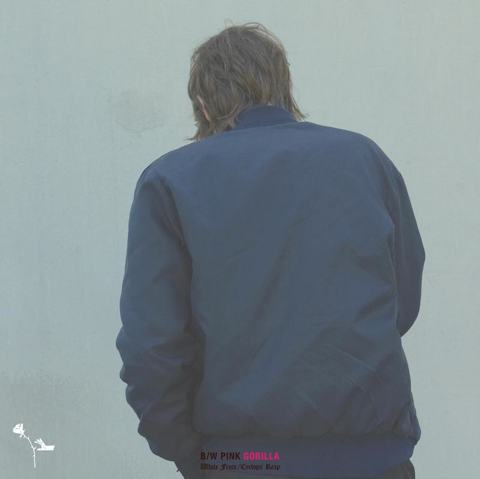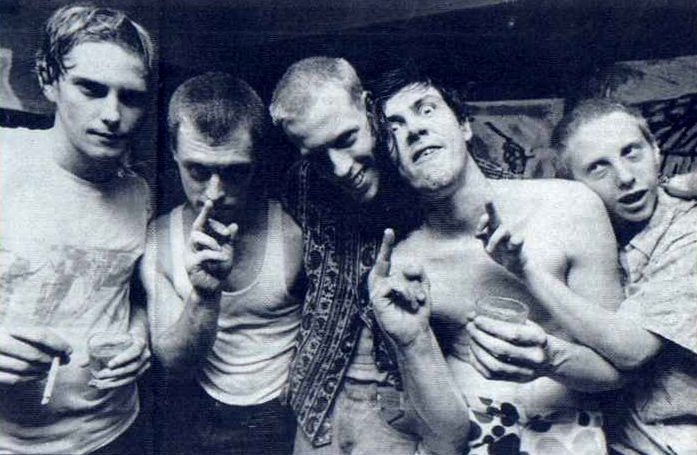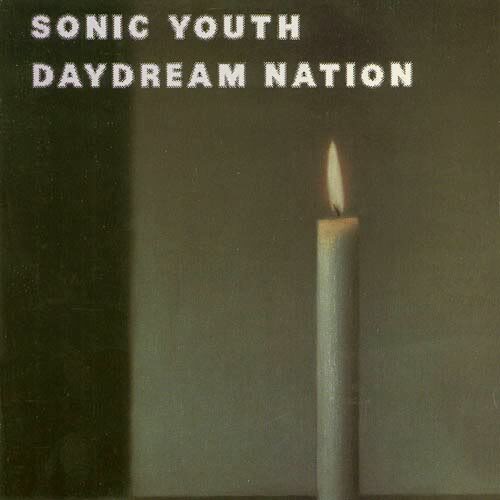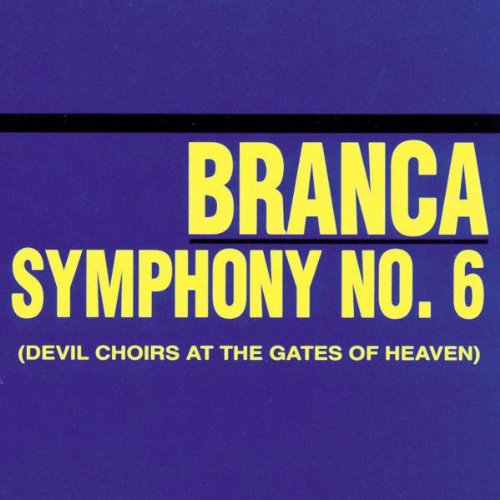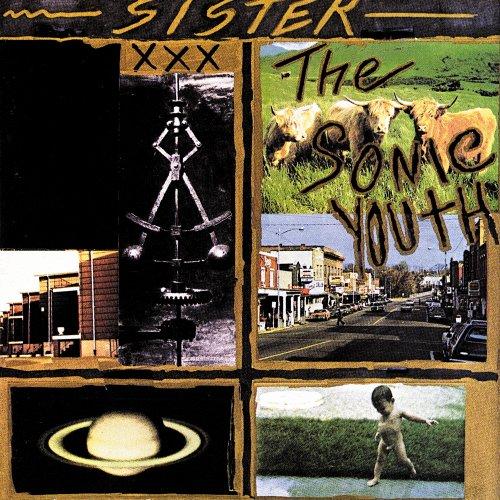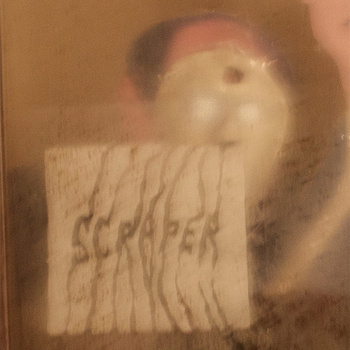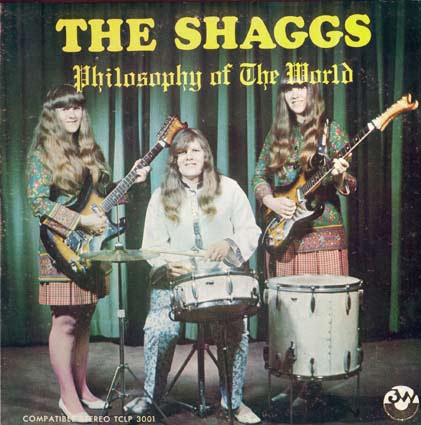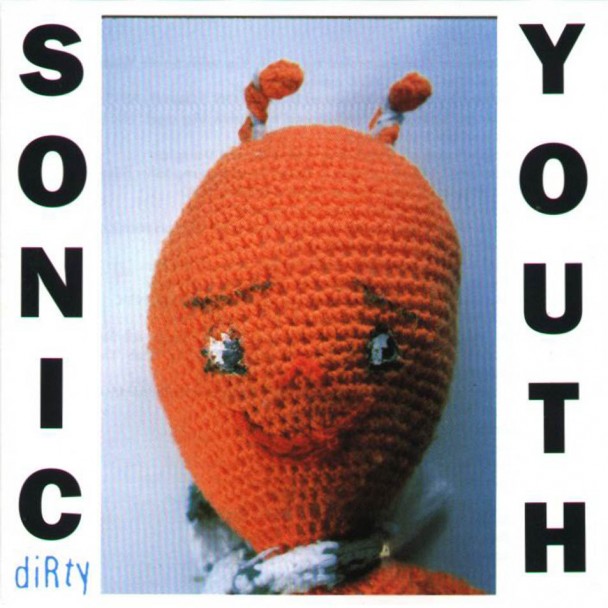
This is how it all started for me. When I bought my first Sonic Youth CDs from a friend at middle school that had way better taste in music than me and for some reason (I still have no idea why anyone would want to do this) but he didn’t want his Sonic Youth CDs anymore, or “Goo” and “Dirty” anyway. And even though I got both of those recordings at the same time I decided on listening to Dirty first,maybe because it was the most recent? Or maybe because I just liked the opening of “100%” the best. Not sure. Can’t remember. Not important. What is important is that I dubbed that thing to a side of a Maxell and played it incessantly.
I remember just being outside listening to the album on my walkman. I can’t remember exactly what I was doing, all I remember is that I was standing there. Just standing there in our backyard listening to “Dirty” on headphones. I listened to it walking to school, mowing the lawn, riding my bike aimlessly around our housing tract. At some point, knowing nothing about the band I remember thinking that they really could just do anything that they wanted. They didn’t sound like anything I had ever heard, and there was so many “mistakes” all over the place, there was so much displaced noise and feedback and just all these parts where I couldn’t tell what the hell was going on at all. Instead of dismissing it immediately, there was something about the sound of the album overall that kept me hooked. In my mind, from this point on, they could do no wrong (and how was I supposed to know that they were eventually going to release “New York City Ghosts and Flowers” or “A Thousand Leaves”?), they were the leaders, they knew better than anyone else. I didn’t know why I thought that (and I still don’t know what led me to think that) but I believed it.
The noisy opening of “100%” still sounds anthemic to me. It’s a really great way to open an album. The sound just explodes into existence like nothing else that they had ever done. Just think all the way back to “Confusion is Next” and “Bad Moon Rising” all the way up to “Goo,” none of their album openers were this immediate and attention getting. None of their album openers were, quite plainly, this loud. Of course, I didn’t know that at the time, but this may be, now that I think about it, the only album of theirs that opens so noisily.
And “Swimsuit Issue” and “Drunk Butterfly” featuring Kim Gordon’s jagged, forced vocals, might have been one of the first times that I had ever come to know a band that had more than one person taking on vocal duties. It would be several months at least before I realized that, in addition to Thurston, Lee actually sang some of the songs too. Not long after those realizations was noticing the different styles of each of their songs. Sure, “Teen Age Riot” is a different song entirely from “Hey Joni,” just like “100%” and “Wish Fulfillment” were completely different here.
Then there is the song “Nic Fit.” At the time that was my favorite. Of course, I couldn’t rewind the tape over and over to listen to the song. Not only was that a pain in the ass (not to mention I was impatient) but it would drain the battery when I could listen to the album a few more times instead. I would just have to wait for it to come around again. It still doesn’t sound like the same band to me. It’s clear to me now that part of the reason that that song sounds so different is that it was recorded live, and/or direct to tape. Something about that recording is just gritty, it sounds like it might have been done on a hand-held recorder. At the time I didn’t really think about those considerations as much as I just wanted to hear it because it was fast, sloppy and noisy. Listening to “Nic Fit” made me feel like I was listening to honest, old-school punk. The ending of that song, where it all collapses into slack-stringed destruction with Thurston intoning “tell nothing but the truth,” well that pretty much was just it for me.
I still think of “Dirty” fondly, though come to think of it I don’t really listen to it that much anymore. Lately (this week) I’ve been gravitating more toward the later stuff, particularly the SYR albums. But that is a discussion for another time. Looking back on “Dirty” I guess that I am glad that I came to know the band while they still had some youthful energy left in them. A few more great albums were ahead of them.


